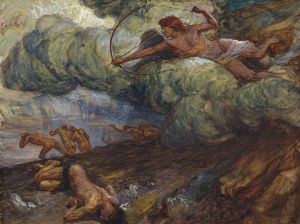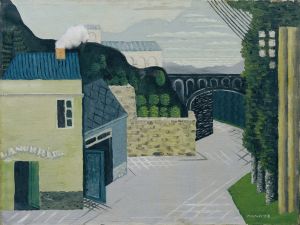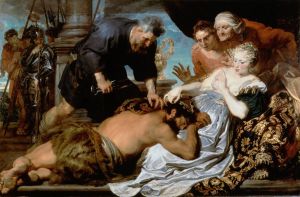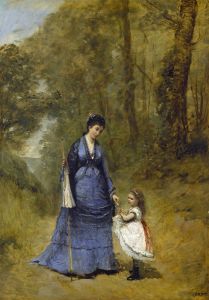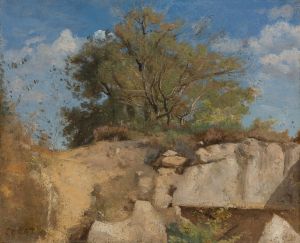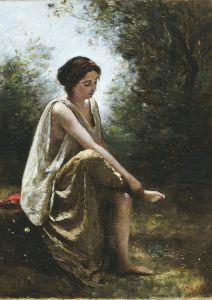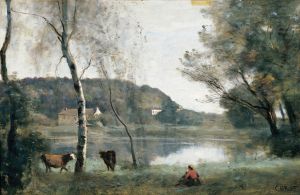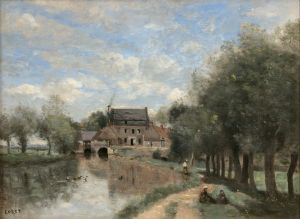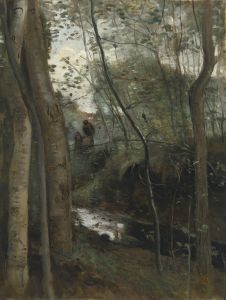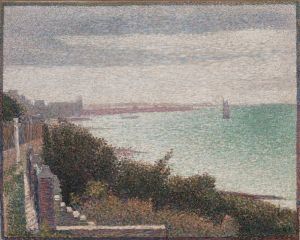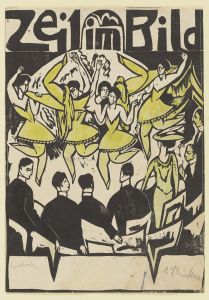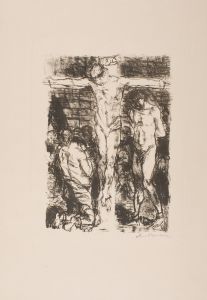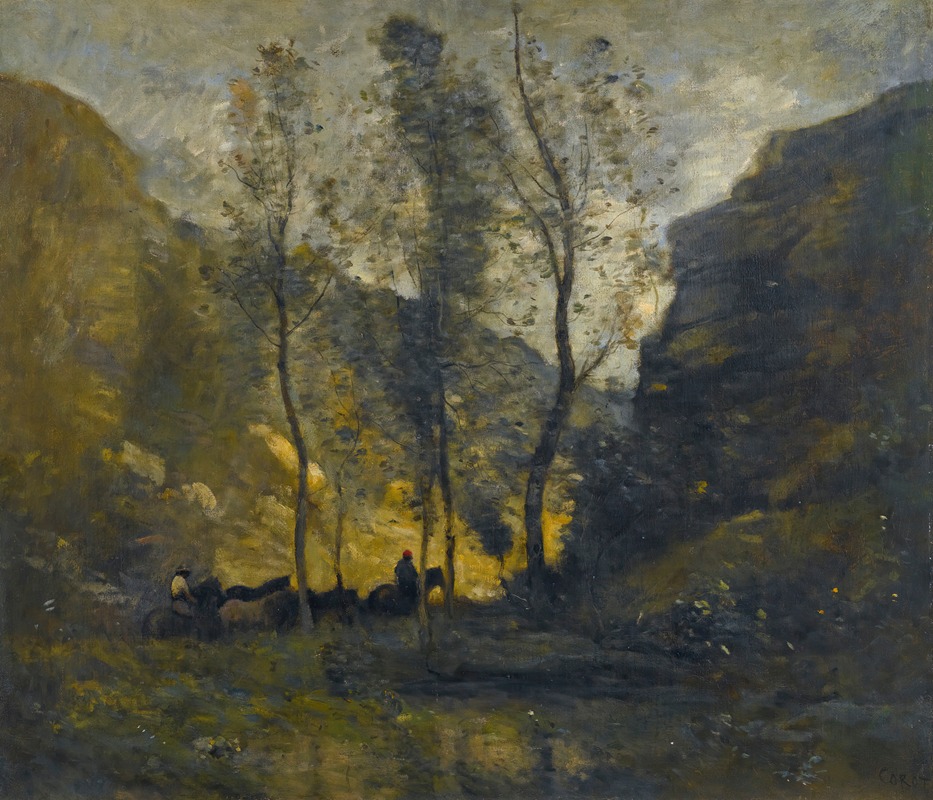
Les Contrebandiers
A hand-painted replica of Jean-Baptiste-Camille Corot’s masterpiece Les Contrebandiers, meticulously crafted by professional artists to capture the true essence of the original. Each piece is created with museum-quality canvas and rare mineral pigments, carefully painted by experienced artists with delicate brushstrokes and rich, layered colors to perfectly recreate the texture of the original artwork. Unlike machine-printed reproductions, this hand-painted version brings the painting to life, infused with the artist’s emotions and skill in every stroke. Whether for personal collection or home decoration, it instantly elevates the artistic atmosphere of any space.
Jean-Baptiste-Camille Corot, a pivotal figure in landscape painting, created "Les Contrebandiers" during the 19th century. Corot is renowned for his ability to capture the essence of nature with a delicate balance between realism and idealism, and "Les Contrebandiers" is a testament to his mastery in this regard.
"Les Contrebandiers," translated as "The Smugglers," is a work that exemplifies Corot's skill in portraying atmospheric effects and his nuanced approach to landscape painting. While specific details about the painting's creation, such as the exact year it was painted, are not well-documented, it is consistent with Corot's style and thematic interests during the mid to late 1800s.
The painting depicts a serene landscape, likely inspired by the French countryside, which Corot frequently explored in his works. The scene is characterized by its soft, muted tones and the gentle interplay of light and shadow, which are hallmarks of Corot's technique. In "Les Contrebandiers," Corot employs a subtle palette to evoke a sense of tranquility and timelessness, drawing the viewer into the peaceful yet mysterious world he creates.
Corot's landscapes often feature figures that are harmoniously integrated into their surroundings, and "Les Contrebandiers" is no exception. The inclusion of smugglers in the painting adds a narrative element, inviting viewers to ponder the story behind these figures and their clandestine activities. This narrative aspect is not overtly detailed, allowing the viewer's imagination to fill in the gaps, a common trait in Corot's work that enhances its allure and depth.
The composition of "Les Contrebandiers" reflects Corot's classical training and his admiration for the Old Masters, yet it also anticipates the plein air techniques that would later be embraced by the Impressionists. Corot's ability to capture the fleeting effects of light and atmosphere on the landscape was influential to many artists who followed, including Claude Monet and Camille Pissarro.
Corot's work, including "Les Contrebandiers," is often celebrated for its poetic quality. His landscapes are not mere reproductions of nature but are imbued with a sense of emotion and mood that transcends the physical scene. This emotional resonance is achieved through Corot's meticulous attention to detail and his ability to convey the subtleties of light and shadow.
"Les Contrebandiers" is a fine example of Corot's mature style, where he seamlessly blends elements of realism with an almost dreamlike quality. This duality in his work allows viewers to experience both the tangible beauty of the natural world and the intangible emotions it evokes.
While "Les Contrebandiers" may not be as widely recognized as some of Corot's other works, it remains an important piece within his oeuvre, illustrating his continued exploration of landscape and narrative. The painting is a reflection of Corot's enduring legacy as a bridge between the neoclassical tradition and the emerging modernist movements of his time.
In summary, "Les Contrebandiers" by Jean-Baptiste-Camille Corot is a captivating landscape that showcases the artist's exceptional ability to blend realism with poetic expression. Through his masterful use of light, composition, and narrative suggestion, Corot invites viewers into a world that is both familiar and enigmatic, solidifying his status as one of the great landscape painters of the 19th century.





